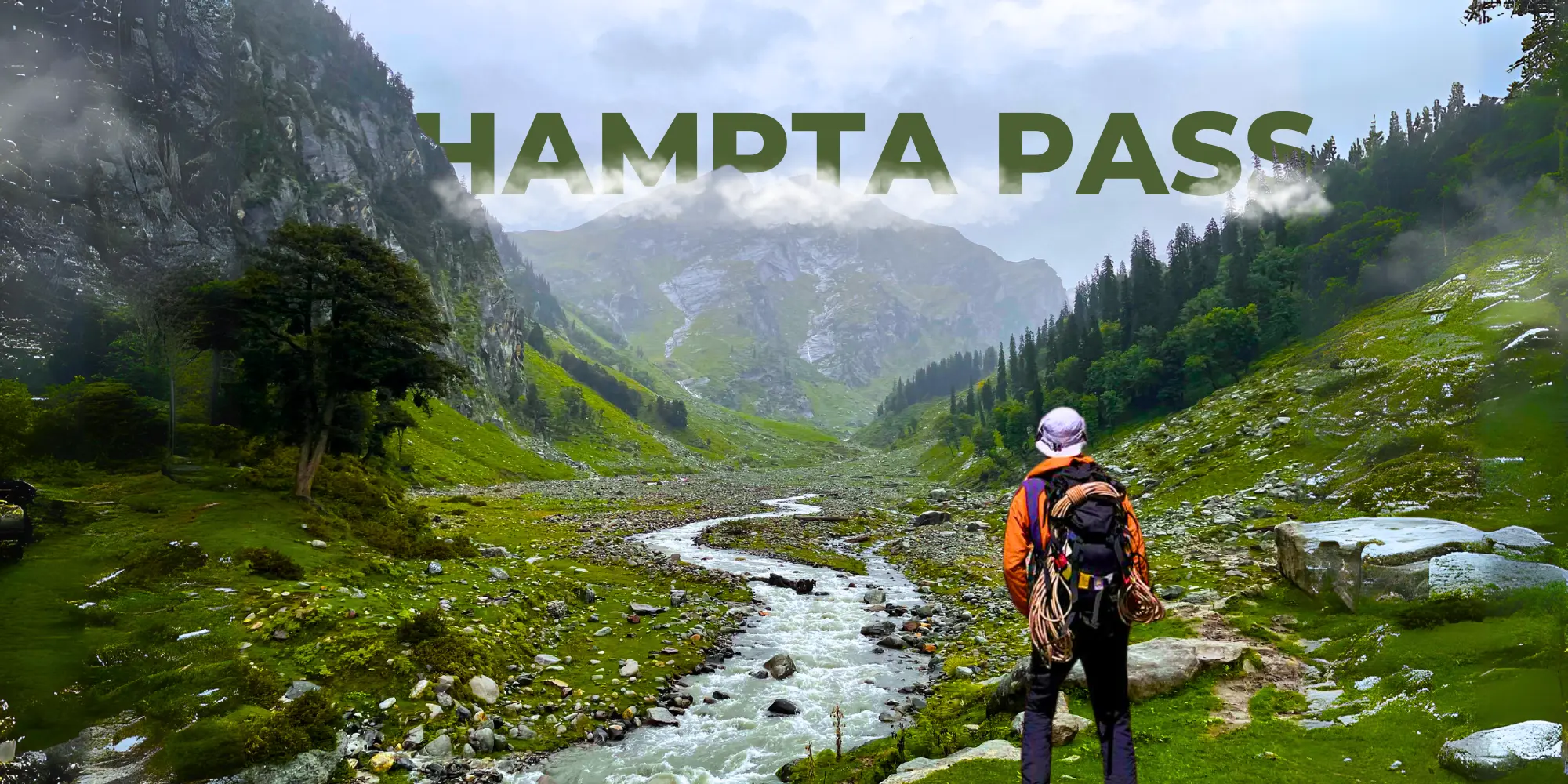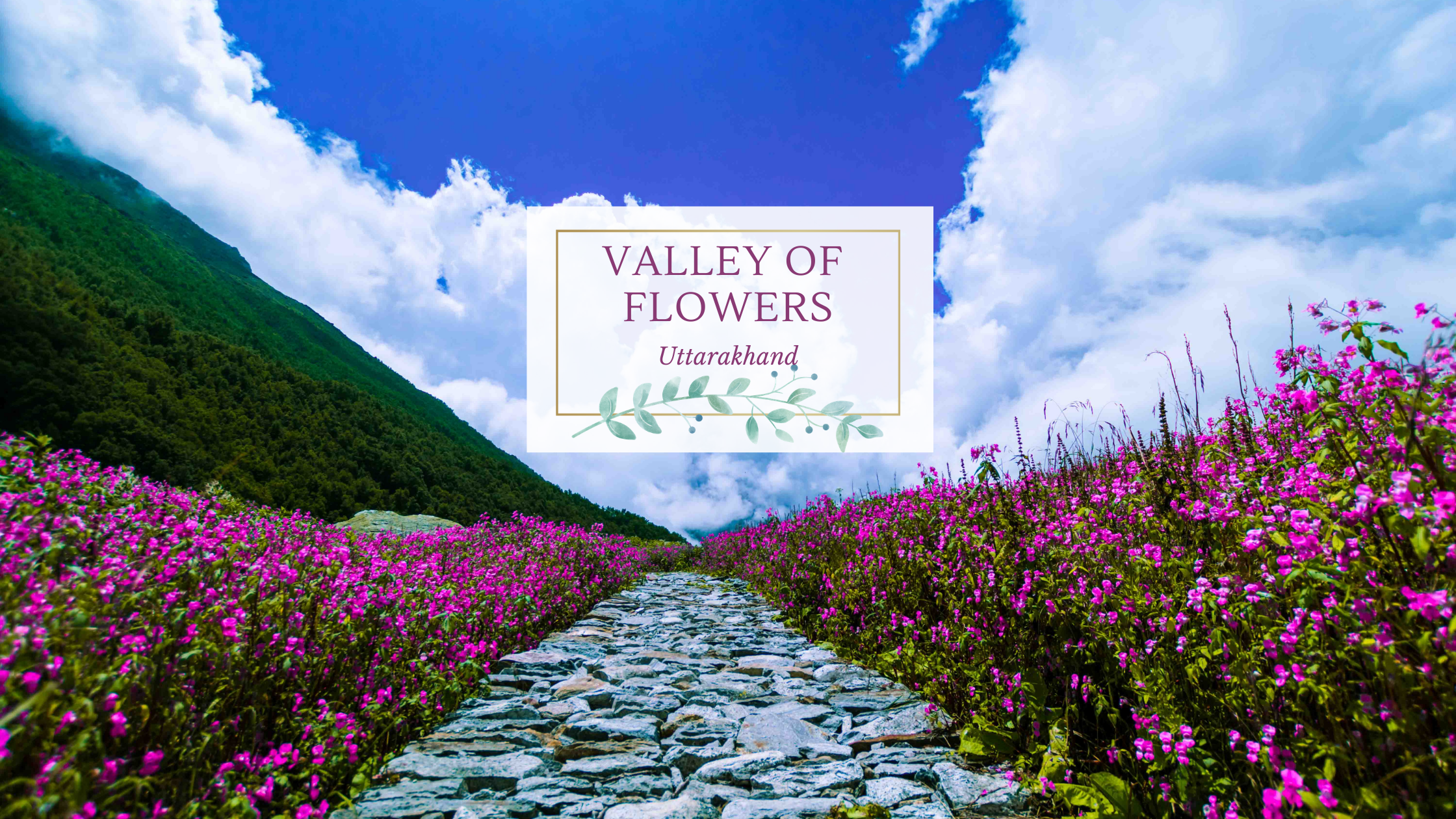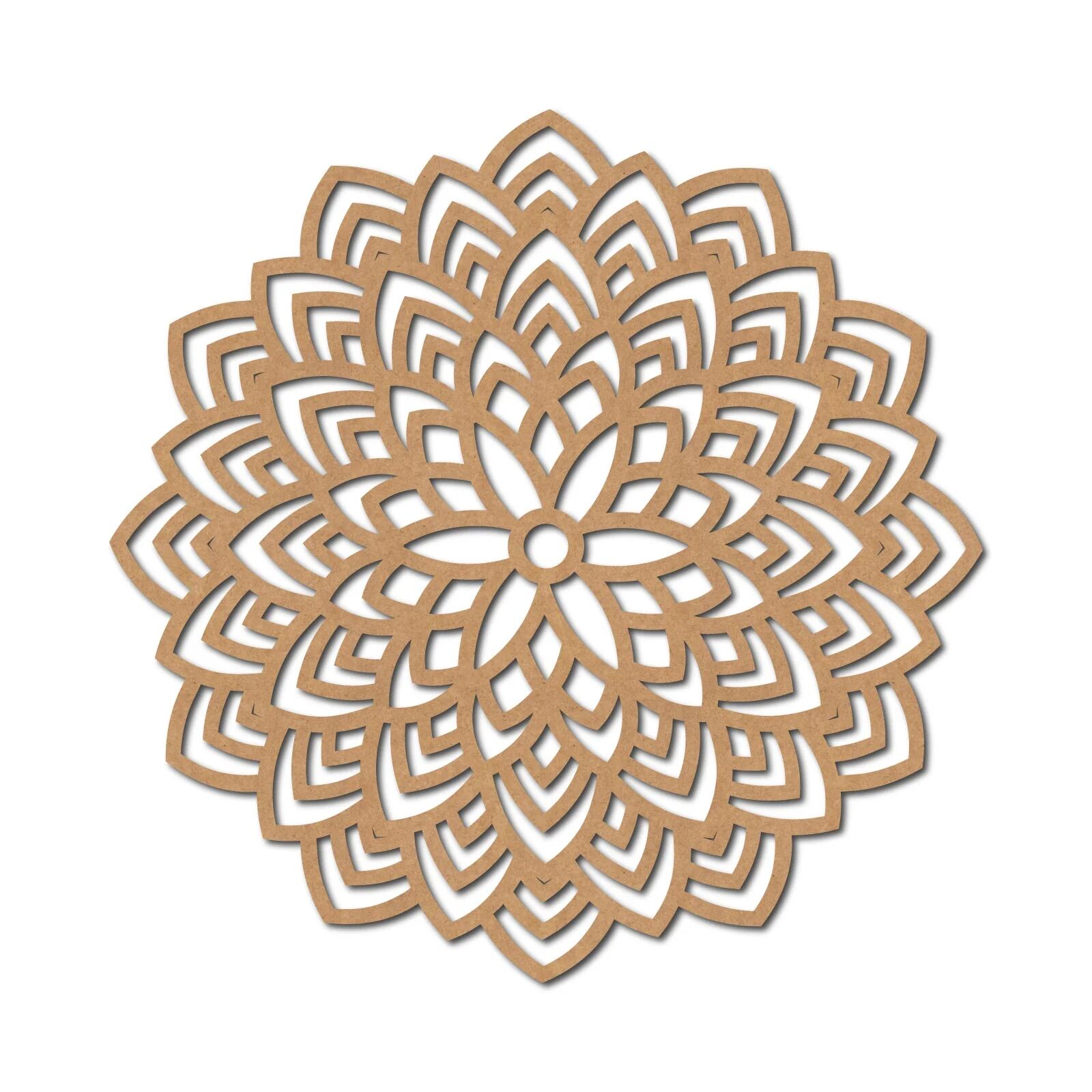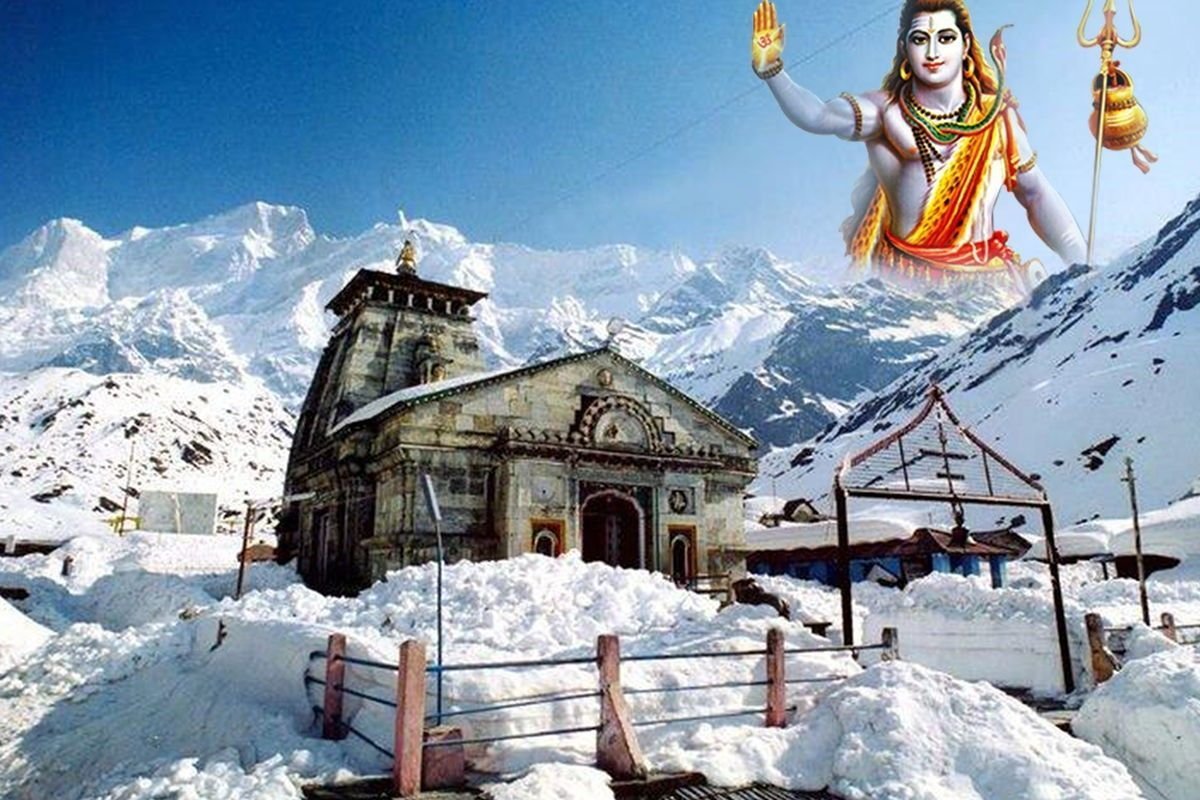Valley of Flowers Trek
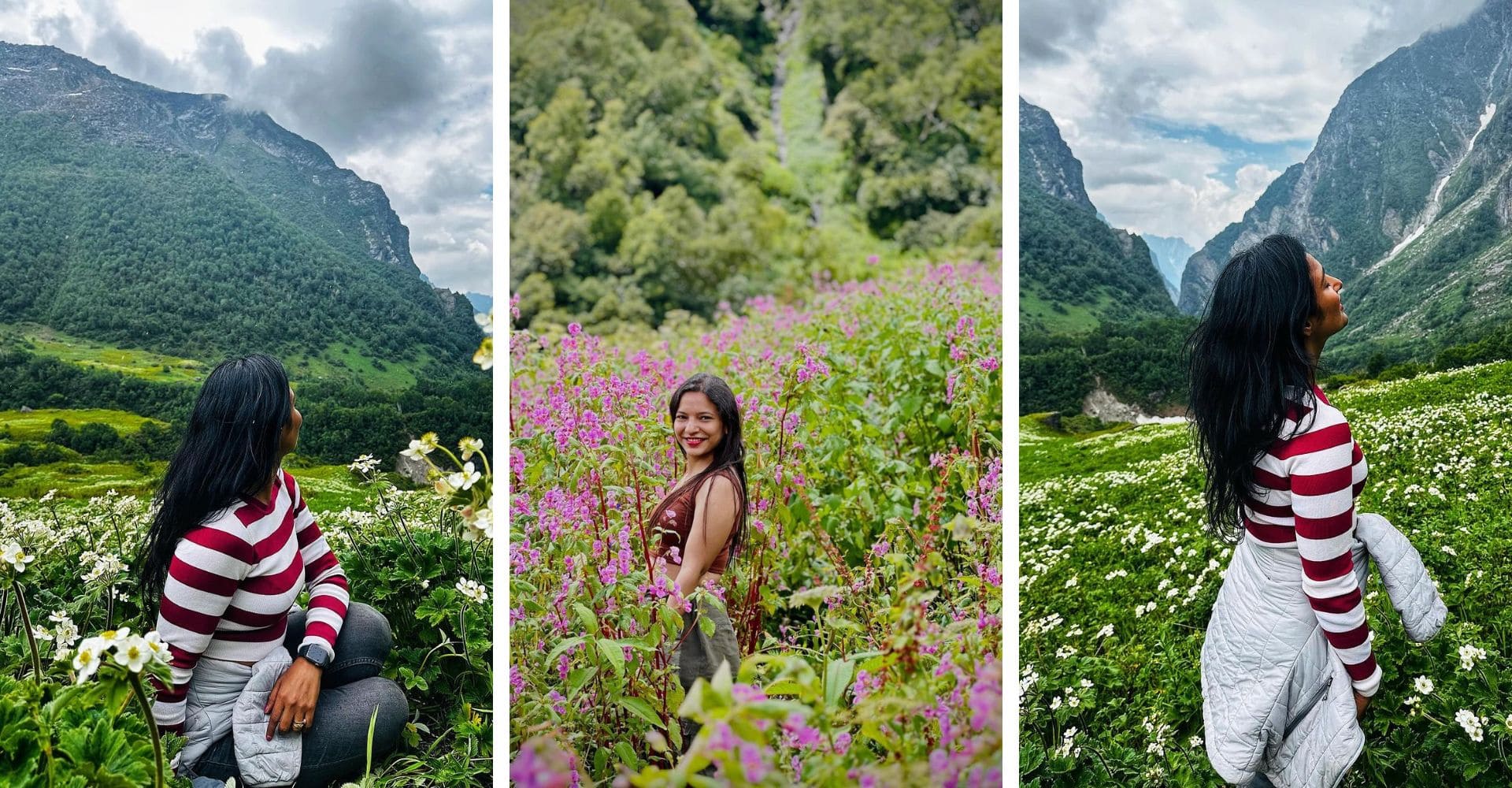
Strong 8k brings an ultra-HD IPTV experience to your living room and your pocket.
The Valley of Flowers is located in the Indian state of Uttarakhand, at an altitude of 3,500 meters above sea level. It is part of the Nanda Devi Biosphere Reserve and is home to more than 500 species of flowers, many of which are rare and endangered. The trek to this picturesque valley takes you through lush meadows, dense forests, and glacial streams, making it a haven for trekkers and nature lovers alike.
Highlights of the Valley of Flowers Trek
Exquisite Flora: The valley is a floral wonderland, with a vibrant carpet of flowers that includes orchids, primulas, poppies, and more.
Majestic Views: The backdrop of snow-capped Himalayan peaks like Mt. Nanda Devi and Mt. Kamet adds to the breathtaking scenery.
Wildlife: The trek is also an opportunity to spot rare wildlife, including the Himalayan Monal, snow leopards, and musk deer.
Best Time to Visit the Valley of Flowers Trek
The Valley of Flowers Trek best time to visit is during the summer months, from June to September. This is when the valley is in full bloom, and the flowers create a beautiful patchwork of colors against the backdrop of the snowy peaks. The weather is also pleasant during this time, with moderate temperatures, making it ideal for trekking.
Why Summer is Ideal for the Valley of Flowers Trek
Flower Season: The blooming season lasts from mid-July to mid-August, when the valley is most vibrant.
Pleasant Weather: During the summer months, temperatures range between 10°C to 15°C, perfect for trekking.
Clear Views: The skies are usually clear, offering panoramic views of the surrounding mountains.
However, do keep in mind that the monsoon season (July and August) can bring occasional rainfall, which may make the trail slippery. Therefore, it’s always advisable to check the weather forecast before you embark on your trek.
The Trekking Journey: What to Expect
Day 1: Arrival at Joshimath
Your adventure begins with a drive to Joshimath, the base for your trek. Here, you'll spend the night in comfortable accommodation, preparing for the trek the next day.
Day 2: Drive to Govindghat and Trek to Ghangaria
On day two, you'll drive to Govindghat, where the trek officially begins. The hike from Govindghat to Ghangaria is a moderate ascent, and the route takes you through lush forests and along the Alaknanda River. Ghangaria will be your base for the next few days.
Day 3: Trek to the Valley of Flowers
The highlight of the trek is the day you enter the Valley of Flowers Trek. As you trek through the valley, you'll witness a stunning display of colorful wildflowers in full bloom. The atmosphere is serene, and you'll have plenty of opportunities to capture the beauty of the valley through photographs.
Day 4: Return to Ghangaria and Drive Back to Joshimath
After spending ample time in the valley, you’ll retrace your steps back to Ghangaria and then drive back to Joshimath.
Valley of Flowers Trek Package
When booking a trek to the Valley of Flowers Trek, you can choose from a variety of Valley of Flowers Trek Package options. These packages typically include transportation, accommodation, meals, and experienced guides. Most packages are designed to cover all the essentials, ensuring a smooth and enjoyable experience for trekkers.
What’s Included in a Valley of Flowers Trek Package?
Accommodation: Comfortable stays in guesthouses or tents during the trek.
Meals: Nutritious and energizing meals to keep you fueled during the trek.
Transportation: Pick-up and drop-off services to and from Joshimath.
Guides: Expert guides who are familiar with the route and the flora and fauna of the region.
What’s Not Included?
Personal Expenses: Any personal purchases like souvenirs or extra snacks.
Insurance: It’s always recommended to purchase travel insurance before embarking on the trek.
Things to Keep in Mind Before You Go
Physical Fitness: While the trek is considered moderate in difficulty, it’s important to be in good physical condition. Regular cardio exercises and hill walking will help you prepare.
Packing Essentials: Make sure to carry a sturdy pair of trekking shoes, waterproof clothing, sunscreen, a hat, and a first-aid kit. Warm clothes are essential, even during the summer months.
Acclimatization: As the trek reaches high altitudes, it’s important to acclimatize properly to avoid altitude sickness. Make sure to stay hydrated and take it easy during the initial stages of the trek.
Note: IndiBlogHub features both user-submitted and editorial content. We do not verify third-party contributions. Read our Disclaimer and Privacy Policyfor details.



